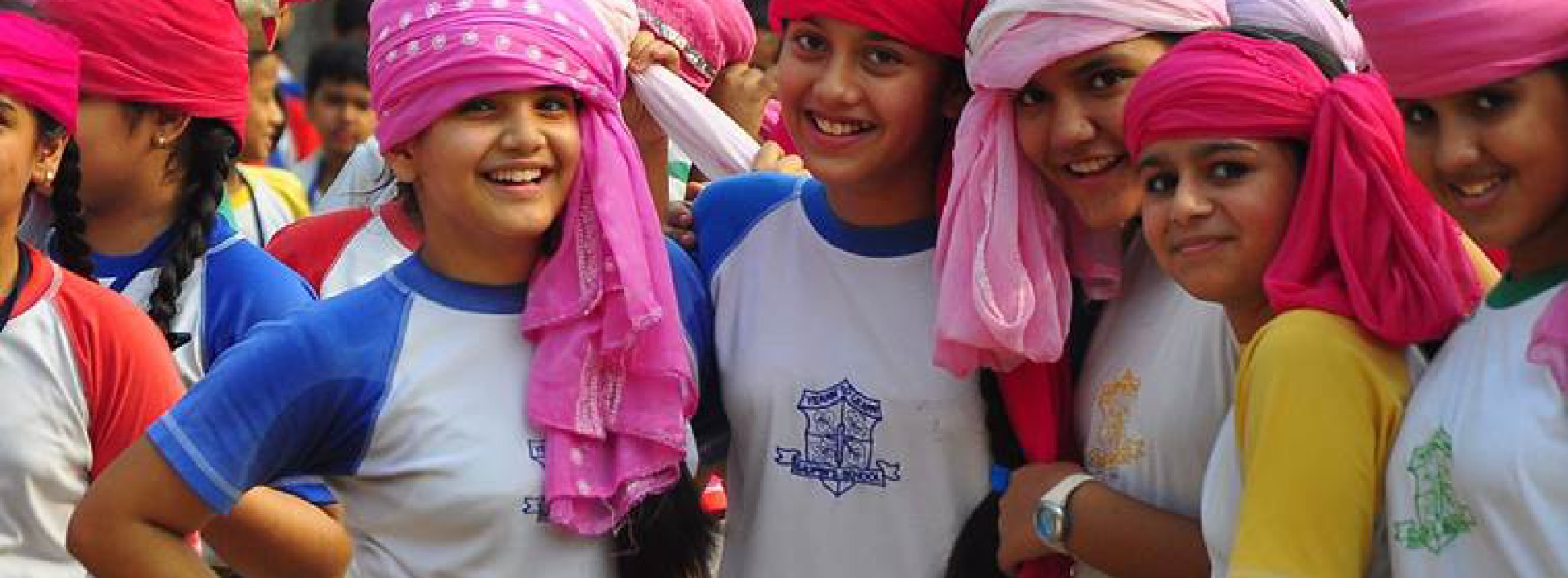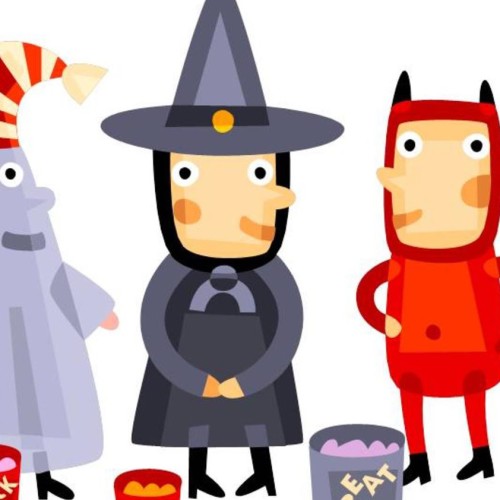#DayoftheGirl Shouldn’t Need to Be a Special Day
This past week the world celebrated young girls by recognizing the fourth annual International Day of the Girl Child. This is a day that the UN has set aside to raise awareness and bring an end to the inequality girls face around the globe. In the US, the conversation generally revolves around issues of self-esteem and equal rights.
Fox News’ Gretchen Carlson has showcased the day by doing her show makeup-less and highlighting attempts by toymakers to reduce the sexualization of girls and adding more sports and empowerment messages. These are great things. We can all agree that kids are growing up way too fast, and that mass media, Hollywood and society promote images and ideas that can harm young minds-especially girls. However, International Day of the Girl at its core is about issues that most girls in developed countries have never (and prayerfully will never) face. While we tend to think of inequality in terms of fairness in pay, sports, jobs-or the left’s favorite topic reproductive rights-in many parts of the world young girls are fighting for their very existence, for access to medical care, access to an education, the option to marry and the chance to choose their spouse.
Here are some highlights of issues girls currently face around the world:
- In Nigeria 219 girls are still missing in an abduction case involving terrorist group Boko Haram who kidnapped the girls from a school in April of 2014. Amnesty International estimates that the same group is responsible for over 2000 abductions many resulting in human trafficking.
- During war time or instances of armed conflict, women and girls are more susceptible to rape. According to statistics, in four countries alone that have suffered armed conflicts during the last 25 years over six million sexual assaults occurred against women and girls.
- According to GirlEffect.org 51 million girls ages 15-19 are married. Interestingly the number one killer of girls in this same age bracket is pregnancy and/or childbirth.
- The UN Foundation estimates that of the 1.3 billion individuals living without electricity, 65 percent are women and girls.
- There are currently 130 million school aged children not receiving an education, 70 percent of those are girls. Twelve million of those are from Sub Saharan Africa and they will never go to school. Only one in ten Afghan girls will finish high school.
These are just a few of the statistics on what life can be like for girls around the world. While things are by no means perfect for every girl living in the US, or other developed nations, for the most part they are fortunate enough to enjoy what so many of their counterparts across the globe can only dream of having. Sadly these numbers are likely to rise as conflicts in the Middle East continue to rage on unchecked.
However, there is hope. Strength and courage can be found in girls like Malala Yousafzia who have overcome and beaten the odds. Shot by the Taliban for daring to go to school, she survived and has not only continued her education, but used her story as a platform to champion for others. These are the real stories of inequality, and the ones that all human beings should fight to end-Day of the Girl, or not.
Image courtesy of Indian Express









